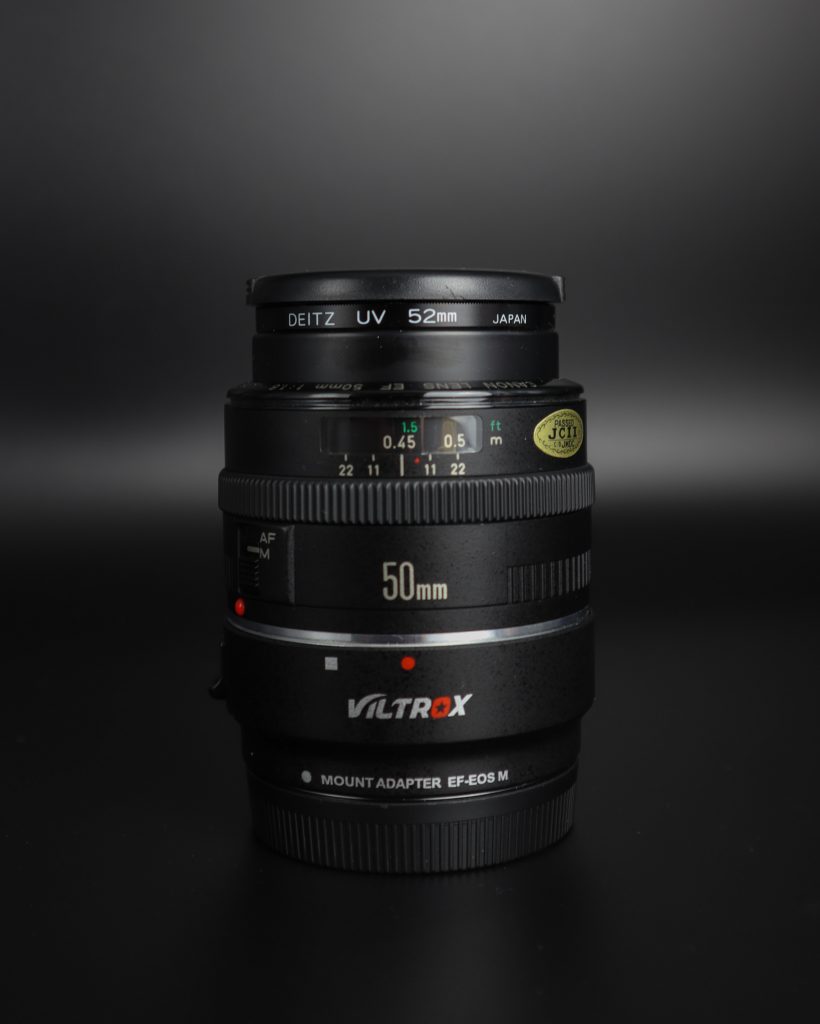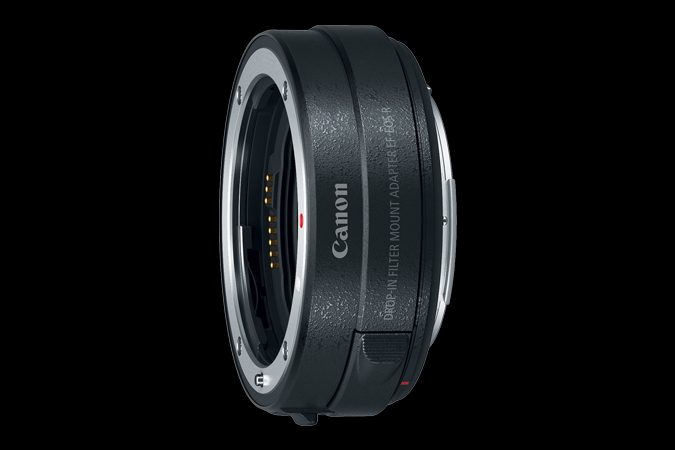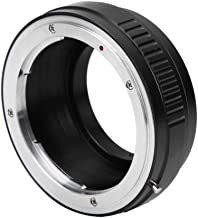Cameras with interchangeable lenses make our life easy, right? With a single camera, you have access to a broad range of lenses and can switch from one to another very quickly. You don’t have to carry nor learn to use more than one camera. And you can be up to date with the latest innovations in lenses while remaining a sustainable photographer.
However, interchangeable lenses come with a hidden monster: compatibility. Not all lenses work with your camera simply because the mounting system is different. And mounting systems vary not only from one camera brand to another but also between camera models from the same manufacturer. Here is where a lens adapter can save the day.

Photo by Laurenz Heymann on Unsplash
What Is a Lens Adapter?
A lens (or mount) adapter is a small device that goes between the camera and the lens. At one end it has a father fitting that matches the camera’s lens mounting system. At the other end, it has a mother fitting that matches the lens’ mounting systems. The fittings differ, allowing you to use a camera and lens with incompatible mounting systems.
The simplest lens adapters provide only a physical connection between the camera and lens. They don’t include either optical or electronic components. As a result, they don’t influence image quality. At the same time, they don’t maintain the electronic connection between the camera and lens, meaning you will lose autofocus, aperture control, through-the-lens metering, and EXIF data.
However, there are lens adapters that maintain the electronic connection and allow you to use all the camera’s functionalities. Often, they are made by camera manufacturers to grant their users access to a larger set of lenses (of course, their lenses). For example, both Nikon and Canon offer lens adapters that connect their DSLR and mirrorless lenses and cameras without affecting the camera’s performance.
Also, you can find lens adapters with optical components that perform other functionalities, such as circular polarizing filtering, variable ND filtering, eliminating the crop factor, reducing the minimum focusing distance, and controlling bokeh.

Canon Drop-In Filter Mount Adapter EF-EOS R with Drop-In Variable ND Filter A
When to Use a Lens Adapter
The temptation is to use a lens adapter whenever you want to mount an incompatible lens on your camera. They allow you to use lenses from another brand (e.g., NIKKOR lenses with a Canon camera), lenses designed for a different type of camera (e.g., DSLR lenses on a mirrorless body, crop lenses on a full-frame body), or newer lenses on an old camera body. Nevertheless, without a strong purpose, you’ll end up the slave of consumerism and carry a heavy gear bag with you.
So, think carefully about what you really need. If you can find a compatible lens with the features you need, go for it and forget about the lens adapter. But if you desire a particular lens that you can only use with an adapter (e.g., a vintage lens), buy the highest qualitative adapter you can find and make the lens part of your kit. Don’t waste time and money with the gear you will only use once.

Yunir Lens Adapter for KONICA AR Lens and Fuji Mirrorless Cameras
A lens adapter helps you connect incompatible cameras and lenses and gives you more artistic opportunities. It allows you to use vintage or niche lenses or prolong the life of your camera body by giving you access to new generation lenses. It has plenty of benefits and isn’t an expensive accessory. However, use it wisely and only when it is absolutely necessary. Nothing comes without a cost.

